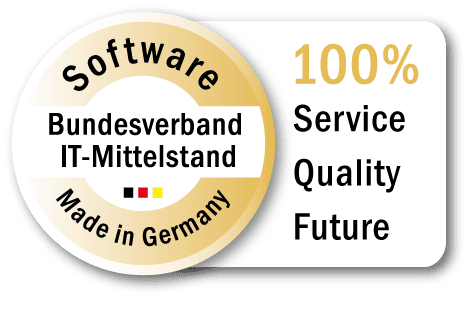In the dynamic world of the manufacturing industry, the Industrial Unified Namespace (UNS) is becoming increasingly important. However, the implementation of a unified namespace in the manufacturing industry is by no means a sure-fire success. In fact, the challenges are very similar to the problems that arose during the implementation of data lakes in the Industrial IoT. This article highlights two of the biggest problems of the past data lake hype and derives the lessons for a successful implementation of the Unified Namespace.
UNS vs. Data Lake
Both the Unified Namespace (Wikipedia) and a Data Lake (Wikipedia) offer companies centralized access to data. The UNS represents the current state of a factory, for example, by providing the last value of key factory parameters for data consumers in a message broker. In contrast, a data lake provides the historical image by storing the data in databases. The two technology concepts complement each other and are often combined in practice to create a comprehensive data infrastructure.
Unified Namespace: Lessons from the Data-Lake-Hype
Their purpose (centralized access to data) is similar, as are the problems associated with the implementation of a UNS or data lake.
1. Bad Data Quality
Unstructured and inconsistent data sources pose a significant problem for data quality. This is a major challenge, especially in industrial IoT. Data sources use manufacturer-specific data structures, formats and inconsistent semantics. The data is provided without context. Storing such data in a data lake causes considerable costs and effort for post-processing and integration into use-cases.
Lesson for the UNS implementation
As in the case of a data lake, IIoT raw data in the UNS poses a considerable problem. Without standardized data – no interoperability, no scalability. The harmonization of OT data is therefore a decisive factor in ensuring sufficient data quality. This includes the standardization of data structures, formats and semantics as well as the normalization and validation of data. Robust harmonization forms the backbone of a scalable UNS architecture and ensures that the diversity of data sources is unified in a common language space. This creates the basis for consistent and effective data management.
2. Insufficient Connectivity to OT/IT Systems
To ensure centralized access to data, a data lake cannot exist in isolation. Rather, it is crucial that all relevant systems and applications are seamlessly integrated into the data lake. The lack of this integration significantly impairs the added value of a data lake. Whether integration is successful depends largely on the complexity and diversity of the systems to be integrated. This problem is particularly evident in factories. The complexity and diversity of OT systems, machines and sensors is particularly high. A large number of protocols and manufacturer-specific communication standards are used.
Lesson for the UNS implementation
The integration of relevant systems is also vital for the UNS. As the central access and distribution system for current factory data (current state), it is crucial whether a critical mass of systems can be integrated in the medium term. The challenge is to create a universal translation layer that enables the seamless integration of various protocols and standards into the UNS. A powerful connectivity layer is essential in order to effectively integrate the large number of devices and at the same time enable a high-level of scalability. Ultimately, the decisive factor is whether a critical mass of systems can be integrated in the medium term.
Conclusion
The challenges of implementing a Unified Namespace (UNS) in Industrial IoT are complex. Targeted investments in sufficient connectivity and harmonization of IIoT raw data enable companies to build a scalable UNS architecture. Without this fundamental basis, the initial enthusiasm for the UNS architecture threatens to quickly lose its impact. A problem that has already proven to be a major hurdle to successful implementation with the emergence of data lakes.


